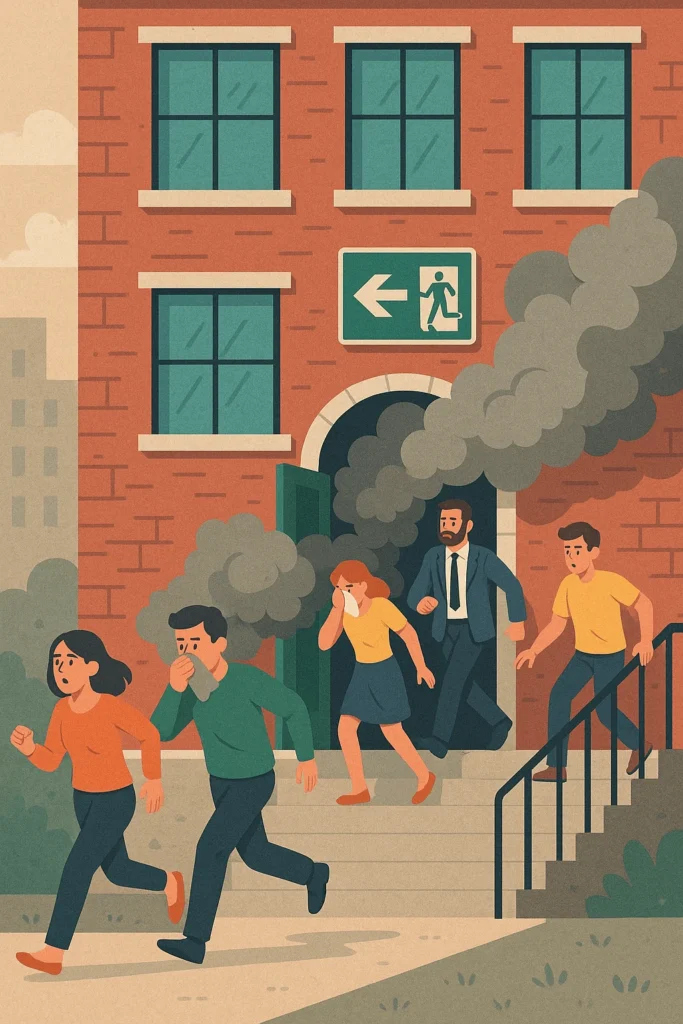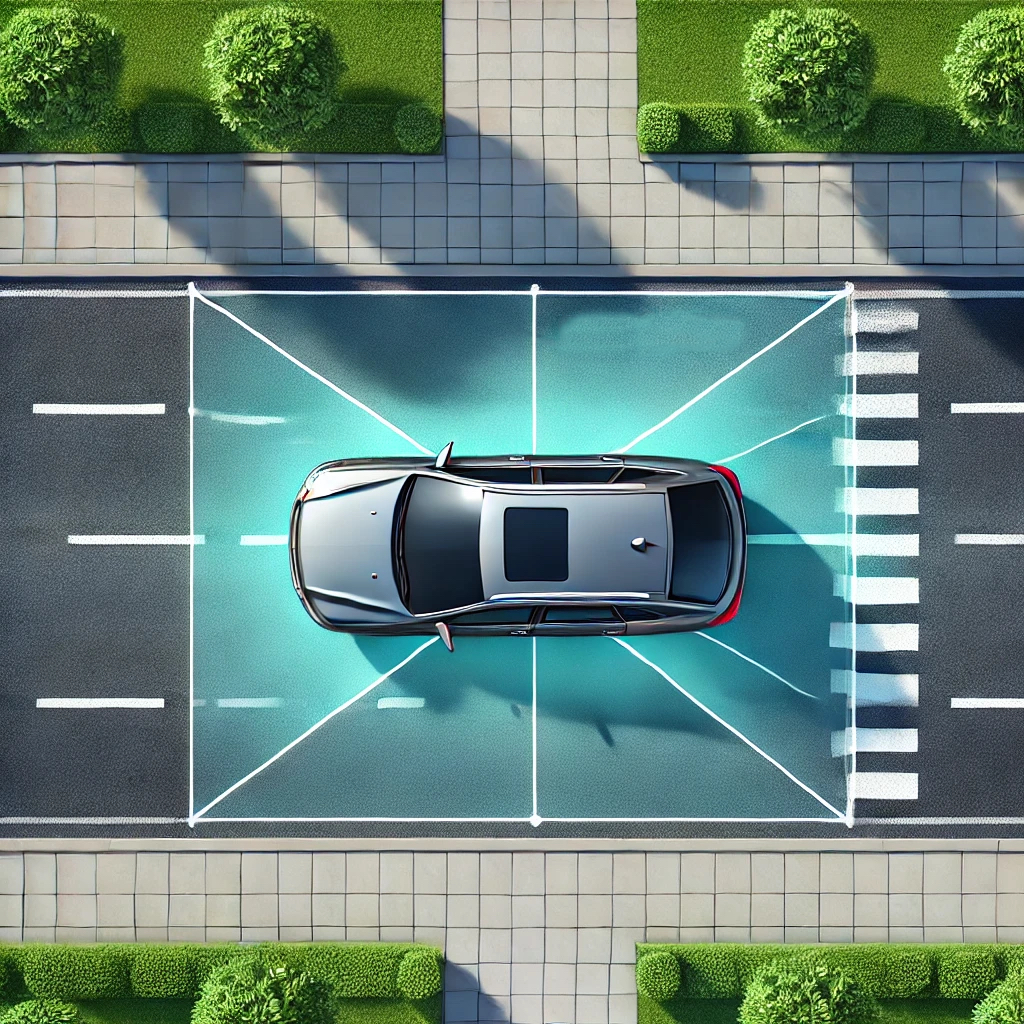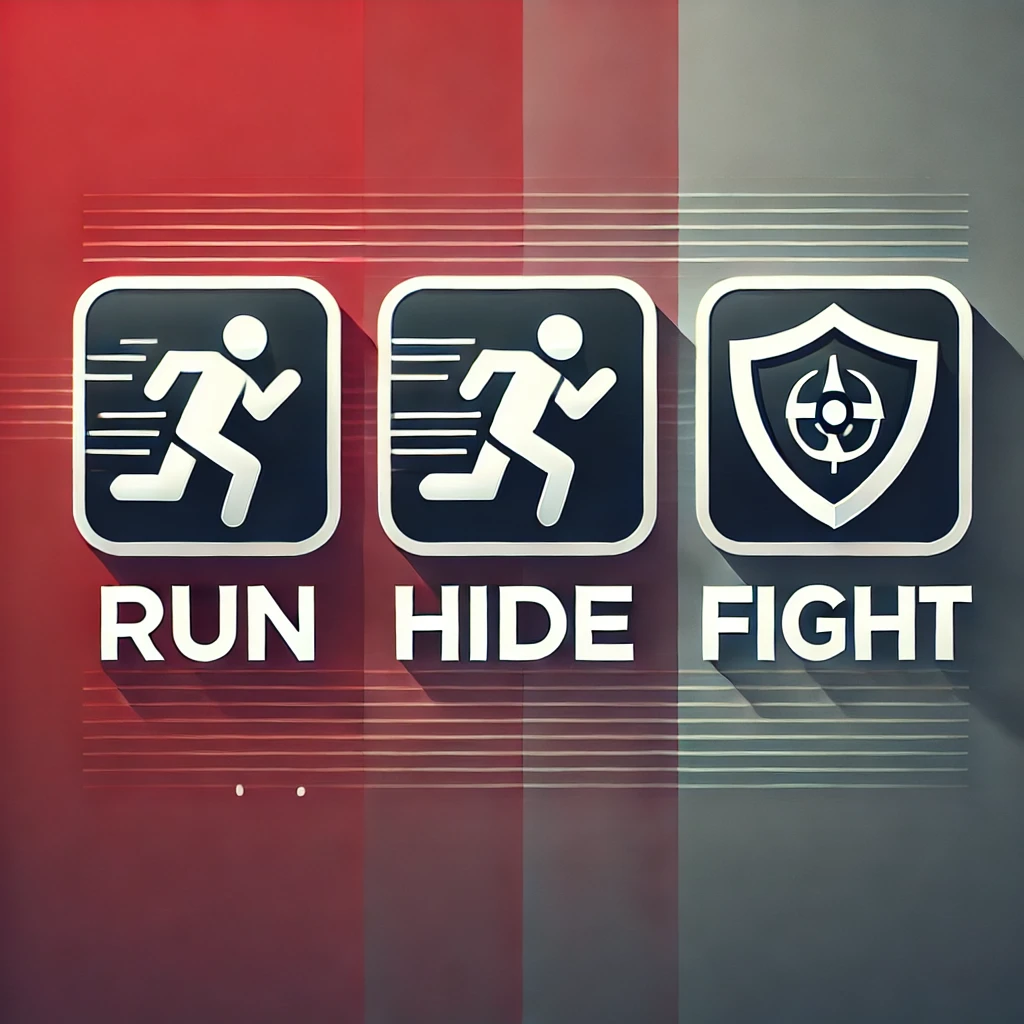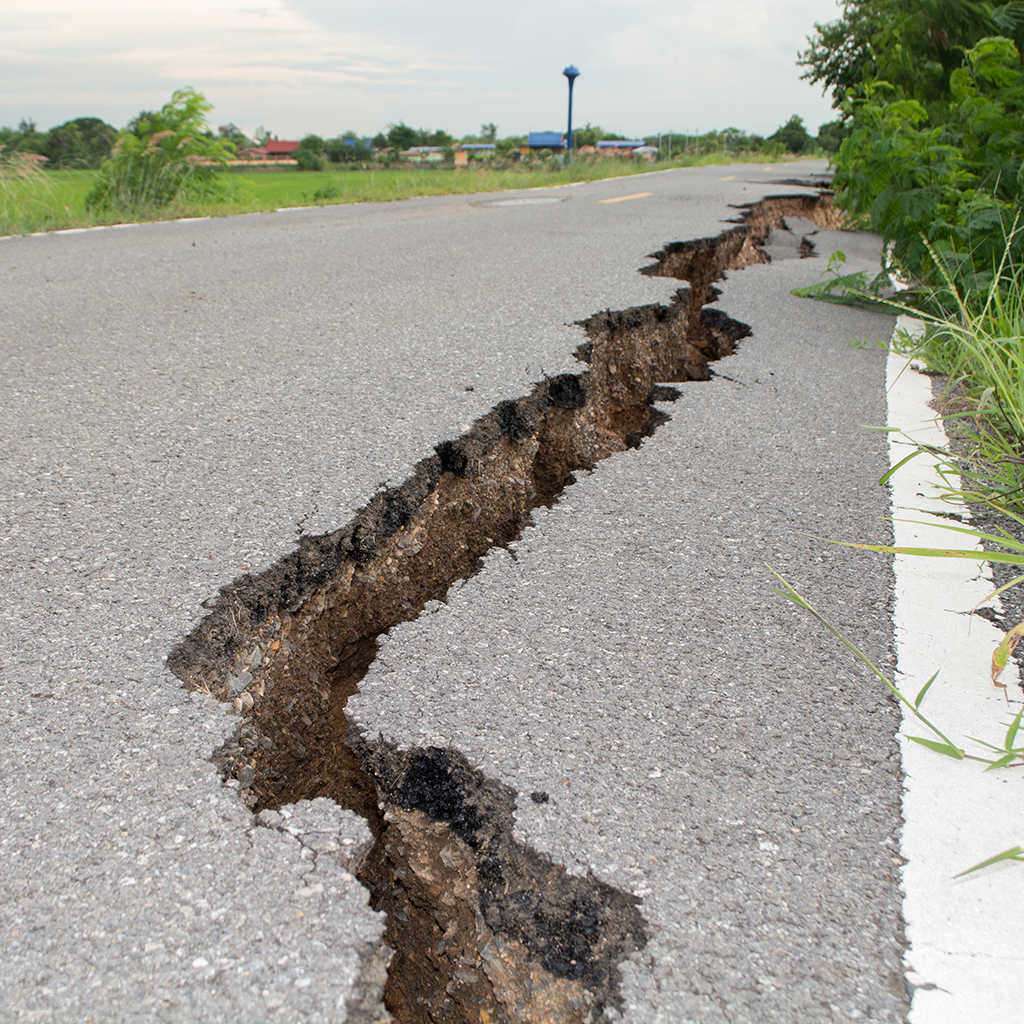Immediate Actions for Surviving an Active Shooter Incident: Run, Hide, Fight
In today’s world, the unthinkable can happen anywhere—schools, workplaces, malls, or even while running errands. Knowing how to respond to an active shooter incident could be the difference between life and death. Understanding and applying the principles of Run, Hide, Fight can empower you to make effective decisions during a crisis. Let’s break down these steps and their nuances to help you stay prepared.
Run: Evacuate if Possible
Your first instinct in an active shooter situation should be to escape the danger zone. Here’s how to execute this step effectively:
- Identify the Threat:
- Listen for gunshots or observe others fleeing.
- Determine the shooter’s location, if possible, without exposing yourself to danger.
- Plan Your Escape Route:
- Avoid elevators and confined areas.
- Take the quickest and safest path away from the shooter.
- Leave Everything Behind:
- Don’t waste time gathering belongings.
- Focus solely on getting yourself and others to safety.
- Warn Others:
- If you can do so safely, alert others as you evacuate.
- Call 911:
- Once safe, provide the dispatcher with critical details like your location, the shooter’s description, and the number of potential victims.
Hide: Shelter in Place
If escape isn’t an option, the next step is to hide. The goal is to stay out of the shooter’s view and minimize your exposure.
- Choose Your Hiding Spot Wisely:
- Select a location that provides cover or concealment.
- Cover: Protects you from bullets (e.g., concrete walls, metal desks).
- Concealment: Hides you but doesn’t stop bullets (e.g., curtains, bushes).
- Secure Your Location:
- Lock and barricade doors with heavy furniture.
- Turn off lights and silence your phone.
- Remain Silent:
- Avoid making noise that could give away your position.
- Text rather than call to communicate silently with authorities or loved ones.
- Stay Low and Out of Sight:
- Position yourself behind large, sturdy objects that can act as cover.
Fight: As a Last Resort
When running or hiding are no longer viable options, fighting becomes your only choice. While it’s a last resort, your actions can save lives, including your own.
- Commit to Action:
- Use aggression and determination to incapacitate the shooter.
- Hesitation can be dangerous; act decisively.
- Use Improvised Weapons:
- Grab anything that can be used to defend yourself: chairs, fire extinguishers, scissors, or heavy objects.
- Work as a Team:
- Coordinate with others to overpower the shooter.
- A group effort can increase your chance of success.
- Target Vulnerable Areas:
- Aim for the shooter’s eyes, throat, or weapon hand to disarm them.
Understanding Cover vs. Concealment
Knowing the difference between cover and concealment can be a game-changer in an active shooter situation:
- Cover:
- Provides protection from bullets and other projectiles.
- Examples: Brick walls, engine blocks, steel doors.
- Concealment:
- Hides you from the shooter but doesn’t offer protection from gunfire.
- Examples: Bushes, curtains, shadows.
When choosing a hiding spot, prioritize cover over concealment whenever possible.
Key Takeaways
- Stay Alert: Awareness of your surroundings can give you precious seconds to act.
- Adapt Quickly: The situation may change rapidly, so be ready to switch from running to hiding or fighting as needed.
- Train Your Mind: Mentally rehearsing these actions can reduce panic and help you respond effectively.
No one expects to find themselves in an active shooter situation, but preparation can save lives. Share this knowledge with friends, family, and coworkers so that everyone has the tools to act decisively in a crisis. Your life and the lives of others may depend on it.
Stay safe and stay vigilant. Preparedness is your best defense.









